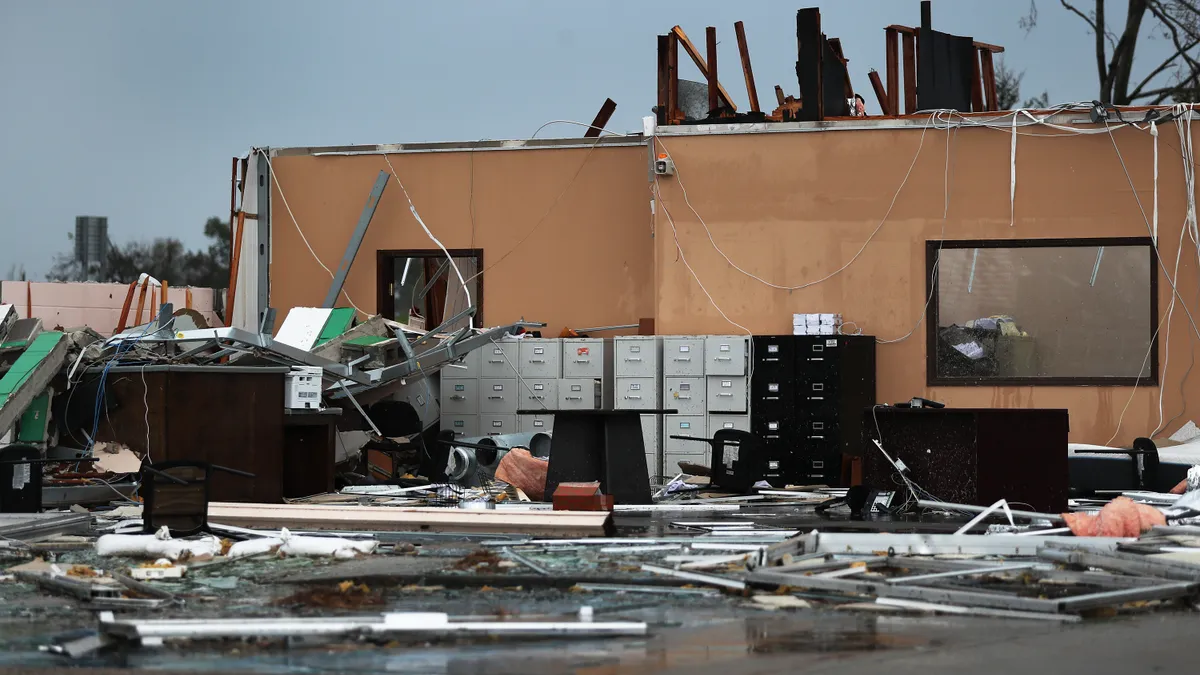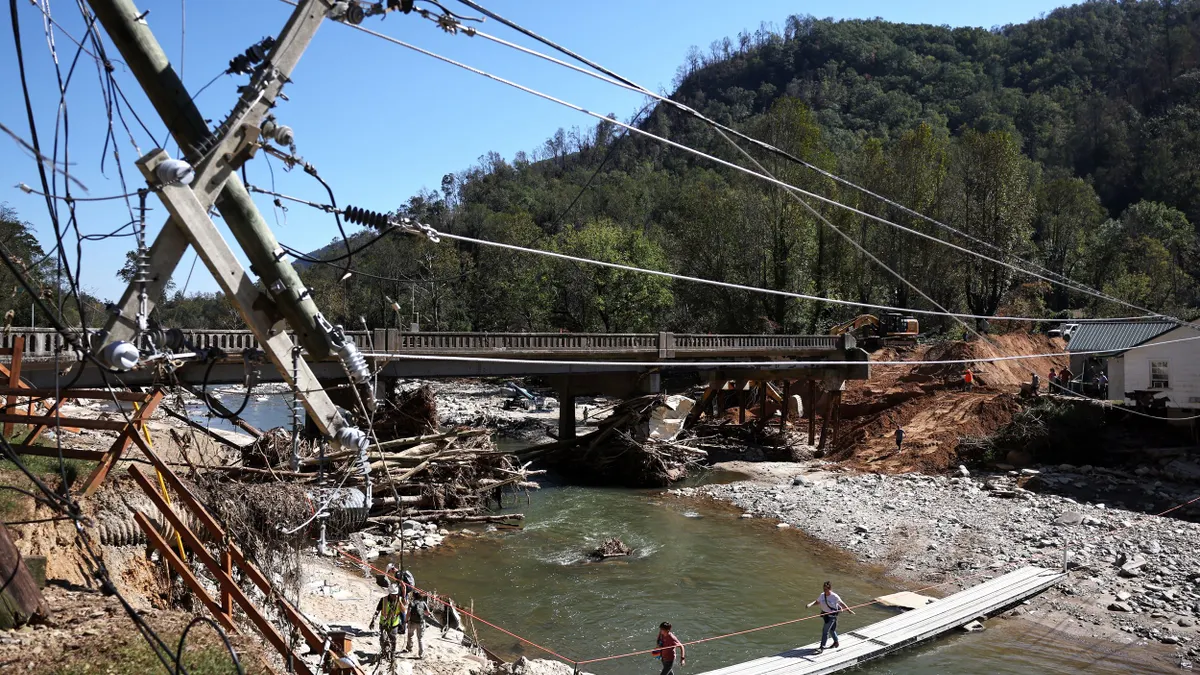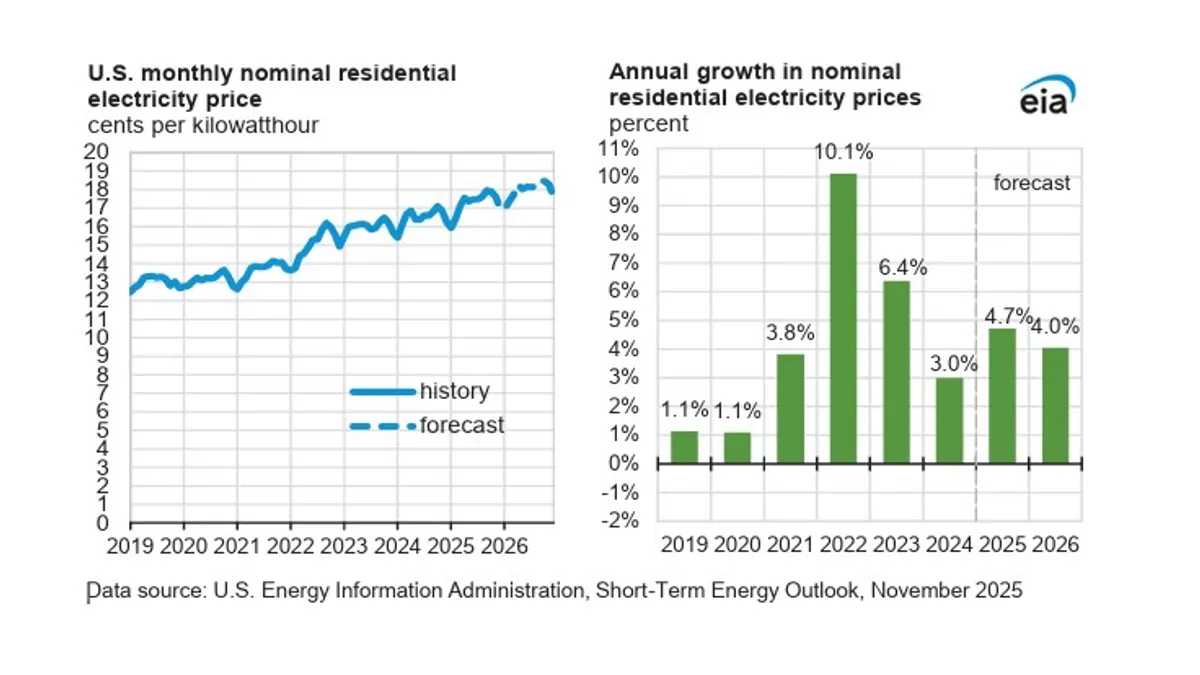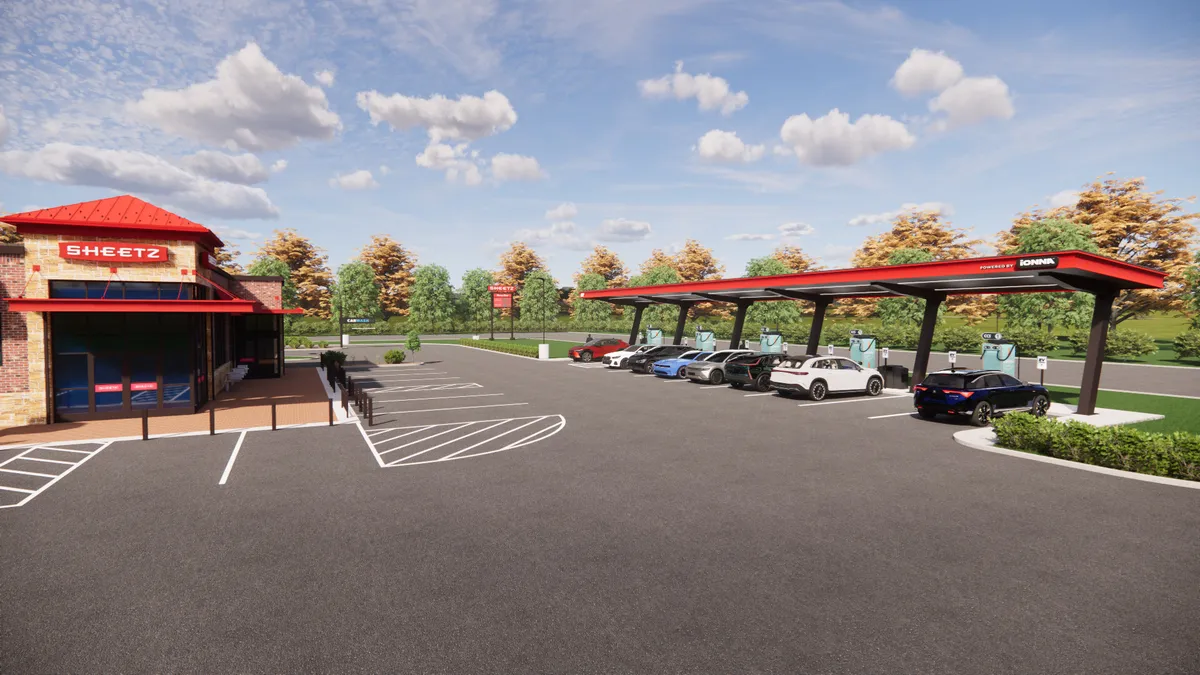With hurricanes and other major storms occurring more frequently, evaluating the risk to their facilities is becoming essential for building operators, according to a white paper by aerial imaging company Site Technologies.
An evaluation can require a significant expenditure in time and money, but it’s more costly not to be prepared, said the company, which partnered with market research firm Censuswide to survey facility managers in hurricane-prone areas.
Hurricanes inflict billions of dollars in damage annually to commercial property across the U.S., according to data from the National Oceanic and Atmospheric Administration. All but one of the most costly natural disasters in the past 35 years occurred in the last two decades, Site Technologies CEO Austin Rabine said in the white paper.
These costs have resulted in significant increases to insurance premiums, according to research from insurance brokers Marsh McLennan. Premiums on commercial properties rose 11% on average in 2023, but in storm-prone areas, including the Gulf Coast and Florida, premiums rose 50%. “For some property owners, insurance has become virtually unobtainable,” Rabine said.
Although the majority of survey respondents managed fewer than three properties, the time and money required to prepare for hurricane season was notable, the survey showed. A fifth of building operators are spending between $15,000 and $20,000 per year in hurricane preparations, and more than 40% are spending nearly $7,500 annually per property.
Preparation comes with significant time requirements, too: 16% of respondents say they’re devoting between 31 and 40 hours to it, and nearly a quarter are spending between 41 and 100 hours, according to the white paper.
Contingency planning
With planning, facility managers can reduce these burdens, Ben Bischmann, senior vice president of national operations for Bridge Industrial, said in the white paper. Bischmann oversees a portfolio of 154 properties, a large portion of which is vulnerable to hurricanes. Previously, he worked as a long-time third-party facilities manager for JLL and Colliers.
Bischmann recommends building operators develop a detailed plan outlining contingencies based on scenarios for each property or group of properties. The contingencies focus on the buildings but they should also factor in how storms impact the people who work in the buildings, he said.
“We don’t realize that quickly our resources are going to be limited just based on people dealing with their own issues at their own homes,” he said. Having cash available on hand could help in these moments, for things like paying babysitters to watch children or paying laborers to clear debris, especially after storms, which may disrupt modern conveniences like digital payments, according to the white paper.
“Cash is king,” in an emergency, Bischmann said.
Bischmann also recommended lining up resources and professionals from outside the area that can be called during a disaster. It’s also crucial to assist your local team with their personal needs, like securing children or elder care, so they can be available to fulfill their job responsibilities.
Developing a plan that’s adequate to the risk can’t be done at the last minute, Bischmann said. He starts to prepare his properties for rain and wind 60 days prior to hurricane season, on April 1, but the key to efficient and effective preparation is treating it as a year-round task, he said.
Laurie Gilmer, president and COO of Facility Engineering Associates, said earlier this year at IFMA Facility Fusion that storm plans should start with a business impact analysis. “What are the essential functions that we do in our business, and how do we make sure that they are preserved? How are we going to get back to regular business? Are we responding in the moment? How are we looking long-term?”
That analysis should include continuity planning, which addresses how to continue operations if people aren’t able to go to a facility, what alternative sites are available and how a team will handle communications.
“Think of essential functions as being the top few things that you need for your business to survive,” she said. “What can we get by with? What’s the absolute bare minimum we have to maintain and then how soon do you need to get those essential functions back up and running?”
Tech tools
To assist in their preparations, facility managers can use technologies like aerial imaging analysis to make assessments of roofing and pavement conditions, according to the white paper.
That kind of technology can help building operators “evaluate how conditions might degrade over time under normal or extreme environmental circumstances,” Joe Loethen, senior director of engineering and innovation at Site Technologies, said in the white paper.
These evaluations can help building owners lower insurance premiums in some cases. Insurance carriers will default to a risk model that assumes the worst case scenario when owners can’t provide accurate information regarding assets, according to Tom Lombardo, vice chair and managing director of global insurance company Howden US.
Having an accurate picture of property conditions can make a substantial difference in a hurricane-prone area, he said.
For a property insured at $50 million, the premium would increase from $1 million per year to over $4 million, according to Lombardo. “Optimizing data [can] get to a better result,” he said.

















